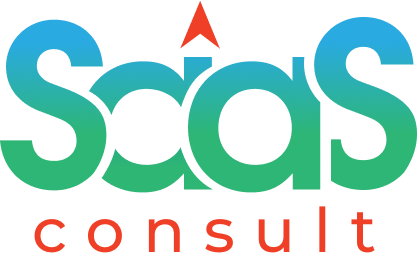For Software as a Service (SaaS) founders, driving product adoption is a crucial step towards the success and growth of their business. Product adoption refers to the process of getting users to not only sign up for the product but also actively use and derive value from it. A high level of product adoption is essential for increasing customer satisfaction, reducing churn, and achieving sustainable revenue growth. In this comprehensive article, we will explore the significance of driving product adoption for SaaS founders and outline effective tips and tactics to encourage users to fully embrace their SaaS product.
Understanding the Importance of Product Adoption
Product adoption is more than just attracting new users to the platform. It is about guiding customers through the entire onboarding process and ensuring they experience the full potential of the product. A high product adoption rate can lead to various benefits:
- Reduced Churn: Users who actively use and find value in the product are less likely to churn. High product adoption correlates with improved customer retention.
- Higher Customer Lifetime Value (CLV): Engaged customers tend to stay with the product longer, increasing their CLV. This, in turn, contributes to a more sustainable revenue stream.
- Word-of-Mouth Marketing: Satisfied and engaged customers become brand advocates, spreading positive word-of-mouth about the product. This organic marketing can lead to an influx of new users.
- Data Insights for Improvement: Monitoring user behavior and product usage can provide valuable insights for product improvement and feature development.
- Competitive Advantage: A high product adoption rate sets a SaaS product apart from its competitors. It demonstrates the product’s value and effectiveness in addressing customer needs.
Effective Tips and Tactics for Driving Product Adoption
- User-Centric Design: Prioritize user experience and create an intuitive user interface. Conduct usability testing to identify pain points and optimize the onboarding process.
- Personalized Onboarding: Tailor the onboarding journey based on the user’s goals and preferences. Offer personalized tutorials and guidance to help users get started with the product.
- Highlight Key Features: Showcase the most valuable features of the product during onboarding. Focus on the features that address the user’s pain points and demonstrate immediate value.
- In-App Messaging and Notifications: Use in-app messaging and notifications to provide real-time assistance and tips as users navigate through the product.
- Gamification Elements: Introduce gamification elements, such as badges or rewards, to make the onboarding process more engaging and encourage users to explore different aspects of the product.
- Progress Tracking: Implement progress tracking to show users how far they have come in the onboarding process. Celebrate milestones and achievements to motivate users.
- Provide Educational Resources: Offer comprehensive educational resources, such as knowledge bases, video tutorials, and webinars, to help users understand the product’s capabilities.
- Prompt Customer Support: Ensure prompt and helpful customer support to address user queries and concerns during the onboarding phase.
- Free Trials and Freemium Models: Offer free trials or freemium models to allow users to experience the product’s value before committing to a subscription.
- Collect and Analyze User Feedback: Gather user feedback and conduct surveys to understand their pain points and preferences. Use this feedback to improve the product and onboarding experience.
- Create Case Studies and Success Stories: Highlight success stories and case studies of satisfied customers who have achieved significant results using the product.
Monitor and Optimize Product Adoption
Once the onboarding process is in place, it’s essential to monitor and optimize product adoption continually. Key performance indicators (KPIs) to track include:
- Activation Rate: Measure the percentage of users who complete the essential onboarding steps and become activated users.
- Retention Rate: Monitor how many users continue using the product after the onboarding phase.
- Feature Adoption: Track the adoption rate of different product features to identify which features are popular among users.
- User Engagement: Analyze user engagement metrics, such as time spent on the platform and the frequency of logins.
Driving product adoption is a critical aspect of a SaaS founder’s success. By focusing on user-centric design, personalized onboarding, highlighting key features, and providing educational resources, SaaS founders can encourage users to embrace their product fully. Continuous monitoring and optimization of product adoption through KPIs enable founders to identify areas of improvement and enhance the user experience. Remember, a high product adoption rate not only contributes to customer satisfaction and retention but also fuels word-of-mouth marketing and sets the foundation for long-term growth and success.

